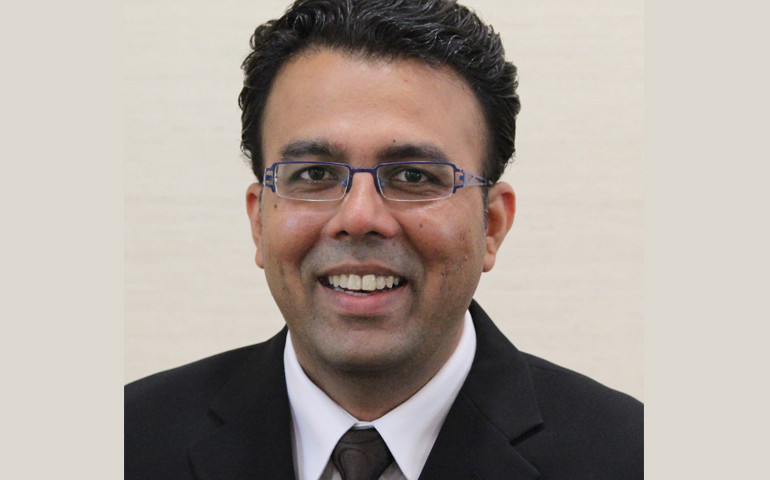[w8_row margin_bottom=”30px”]
[w8_column type=”col-md-6″]« A Chettinad Gem and Visionary: Dr. RM. Alagappa Chettiar[/w8_column]
[w8_column type=”col-md-6″]It is not about SINDA – it is about US! »[/w8_column]
[/w8_row]
Rajesh Rai, Indians in Singapore, 1819-1945: Diaspora in the Colonial Port City, New Delhi: Oxford University Press, 2014 – January 14th, 2015
Mr Rajesh Rai, Author of the above book talks about its synopsis…
The idea for such a book
The idea of doing a book on the history of Indians in Singapore arose from my involvement as Assistant Editor of the Encyclopedia of the Indian Diaspora, which was published in 2006. In addition to my editorial duties, I was tasked by Professor Peter Reeves, the executive editor of the Encyclopedia, to do a piece on Indians in Singapore. While working on that article, I recognized that there was a definite lacuna in the historical study of Indians in Singapore during the colonial period.
Highlight of the book
The highlight of the book lies in deciphering, analyzing and detailing facets of the Indian diaspora’s experience in Singapore as distinct from the Malayan one, and which are largely unknown. The book underscores the centrality of the port city, where the Indian experience was marked by a diversity in socio-economic patterns which impacted community formation. The diaspora here also developed distinctive social patterns because it was situated in an urban environment where people of myriad ethnic and religious grouping lived in close proximity. Also, this was also a highly mobile diaspora that was deeply connected to developments in India and beyond.
Duration taken to do this book
In totality, the research phase of this book extends to a decade. Insofar as writing the book is concerned, it took about two years of disciplined work.
Difficulties/Challenges
Gaining access to historical records specific to Singapore was problematic, as both primary material and secondary literature was based on the Malayan experience. Consequently, specific features of the diaspora in the port city were not easily available. To overcome these obstacles, I did a thorough study of archival material on the Indian diaspora, marking out material specific to Singapore. For the purposes, my trip to the India Office Library in the UK was especially useful. That information was cross checked with other types of historical sources such as oral interviews available at the National Archives of Singapore or done independently and as well observer accounts of early Singapore.
How much is this book different from those published in the past
The only equivalent works are K. S. Sandhu’s, Indians in Malaya, and Arasaratnam’s Indians in Malaysia and Singapore. Both of these works focus on the Malayan experience in which the story of Indians in Singapore is treated tangentially. Indeed, Arasaratnam’s study begins from the 1880s when the plantation economy developed in Malaya. While not discounting linkages to the Malayan experience, my book focuses very closely on the Singapore experience, and how the evolution of the port city shaped the lives of Indians here. In that sense, I know of no other similar scholarly work.
Tips to do successful research for the aspiring researchers
There are two skills that I have found especially useful. First, an inquisitive, investigative outlook. Second a determination to continuing digging deeper, even when one is ready to ‘throw in the towel’. Indeed it when I persisted in spite of difficult odds, that I uncovered the most interesting material.
Reception for the book
Thus far there have been several newspaper reports both locally and in India, and, thankfully, they have all been very positive.








No Comment